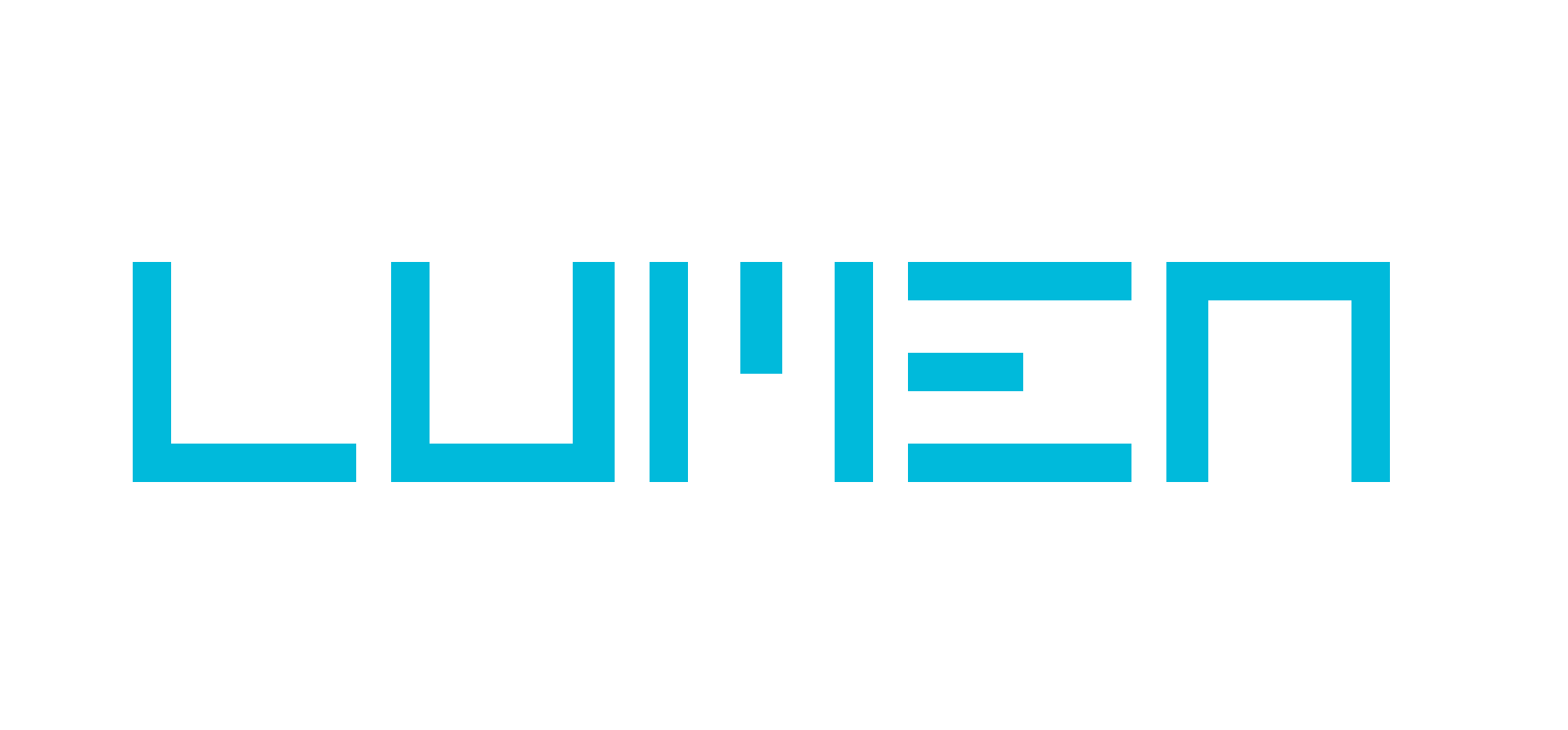Media buying
+ Attention stack
Buy attention, not impressions
The Lumen Attention Stack is a contextual targeting tool that enables advertisers to evaluate digital ad inventory on the basis of the visual attention it receives.
00.00
LAMP
How the eye tracking works
- Browser extension records events on device
- Webcam eye tracking records visual attention via front-facing camera
Panel make up
UK: 250 desktop and 750 mobile users; nationally representative sample
US: 1000 mobile users nationally representative sample
Panels refreshed frequently
Data security
All panellists fully informed, consented and compensated for participation.
No personally identifiable information (PII) collected, stored or reported.
All data collection, storage and processing fully GDPR-compliant
Combining placement and attention data
Data from the Lumen panel tells us
Placement data: What ads could be seen (what was viewable, in what location and for how long, etc.)
Attention data: What ads people did, in fact, see, and for how long
Predicting attention from placement data
Placement and attention data from the eye tracking panel is used to power a predictive model of attention
Estimates likely levels of attention based on a number of placement characteristics
Attention to ad predicted every 100ms of exposure
Placement data included in model
Ad format, % pixels in view, Viewable time, Screen real estate, Scroll speed, Number of competing ads on screen, ad positioning and page geometry, Domain, Etc.









